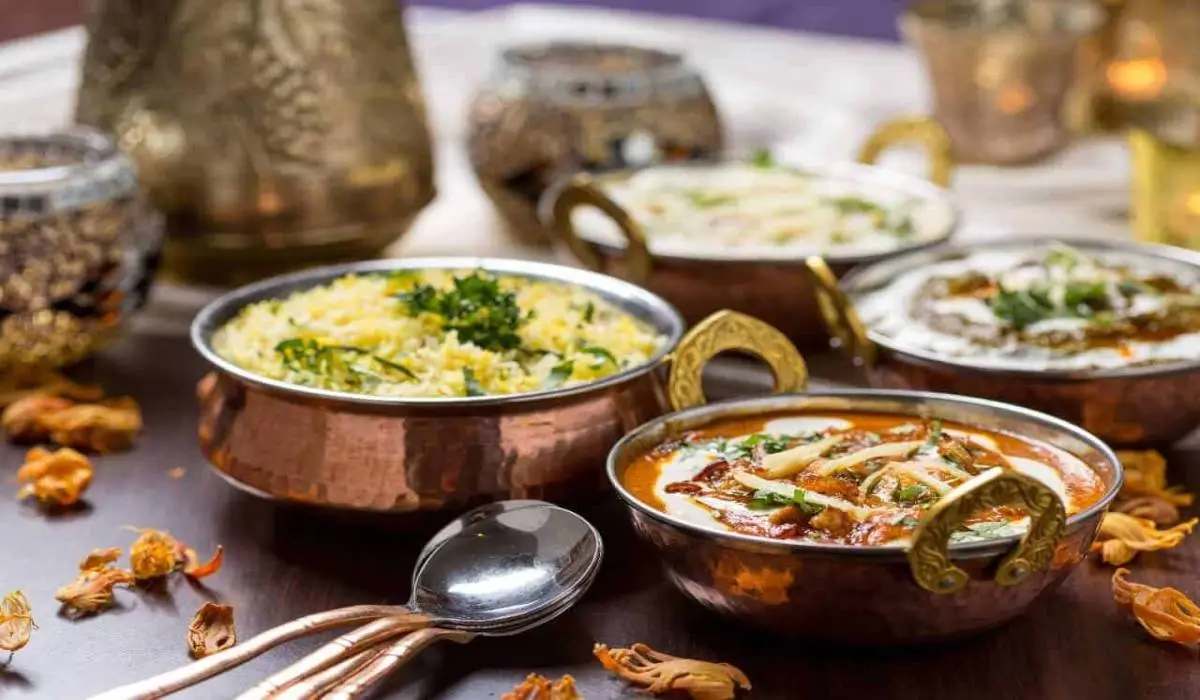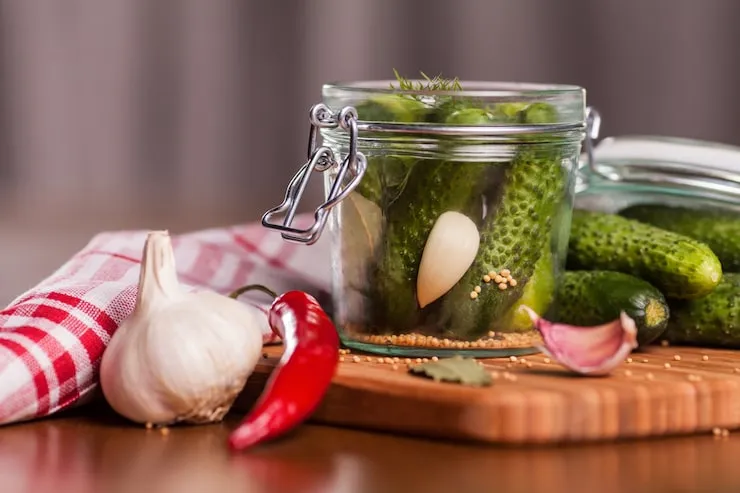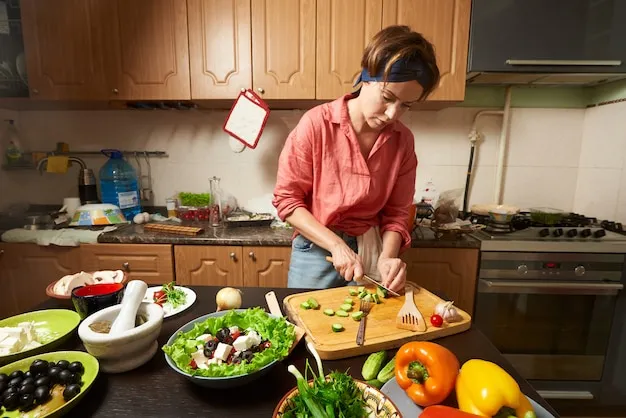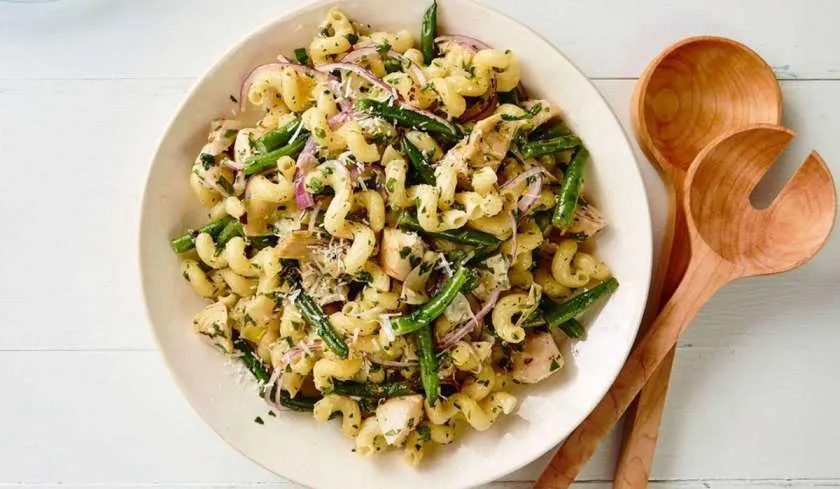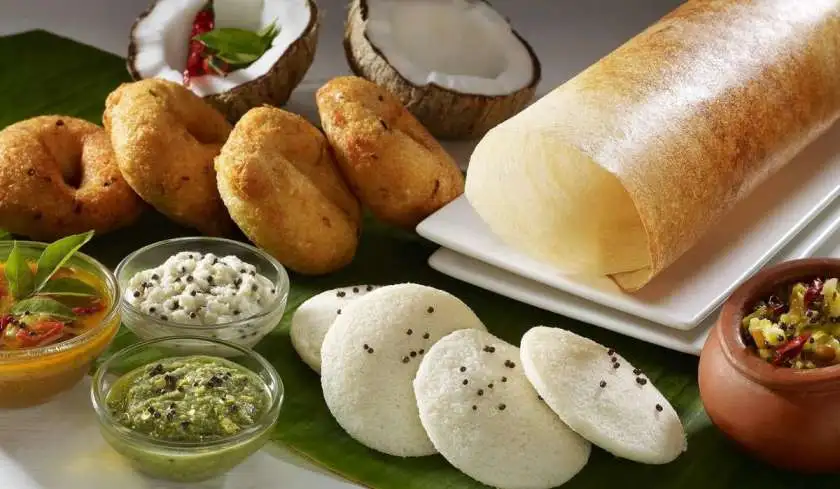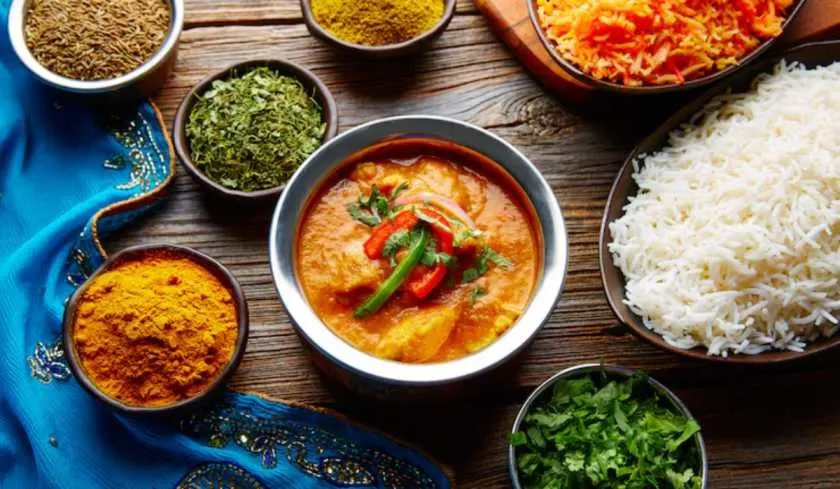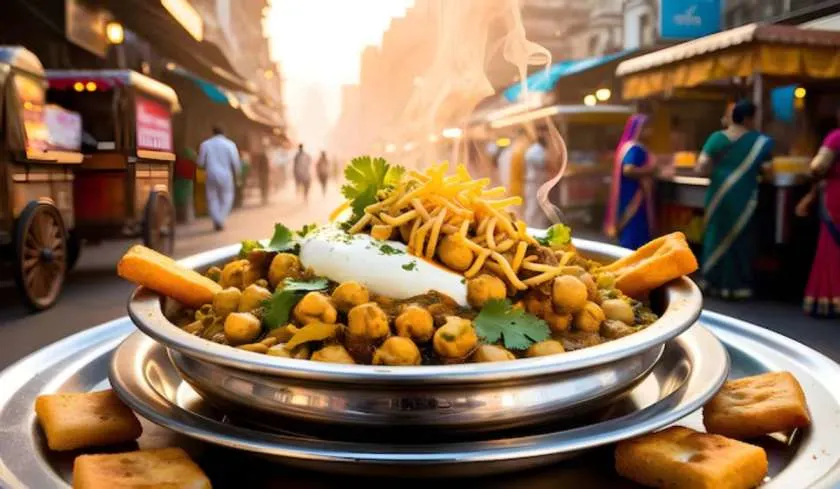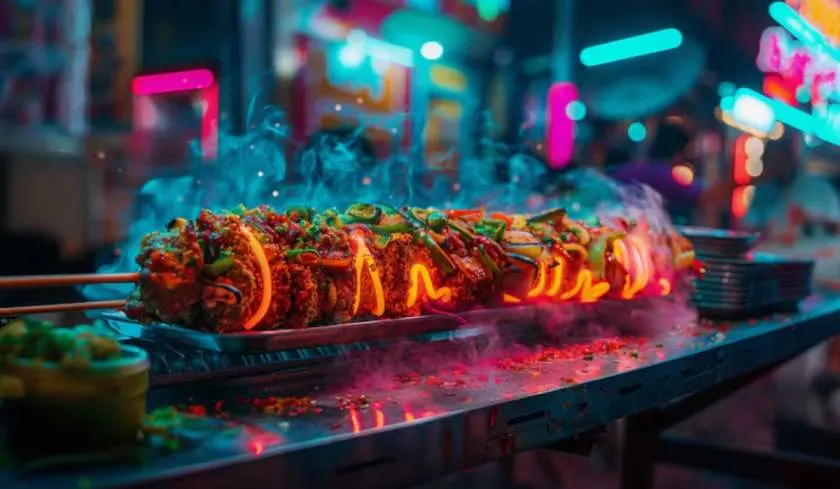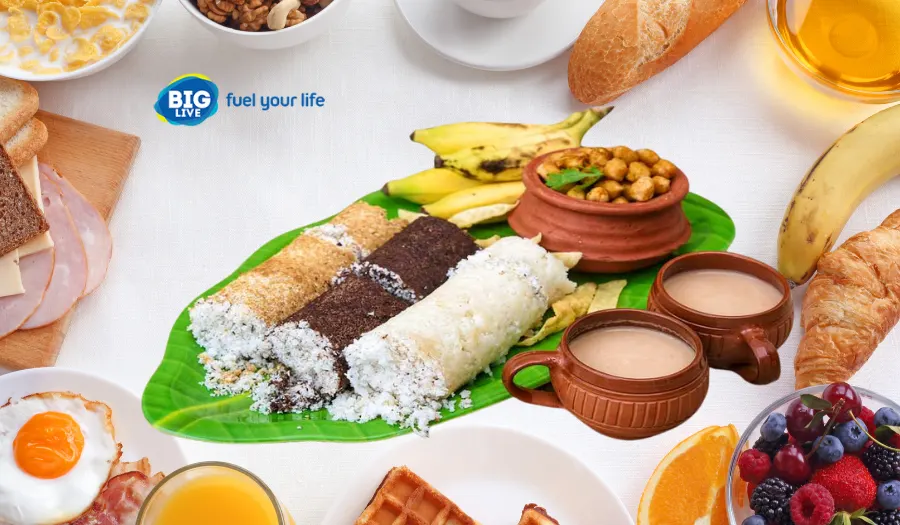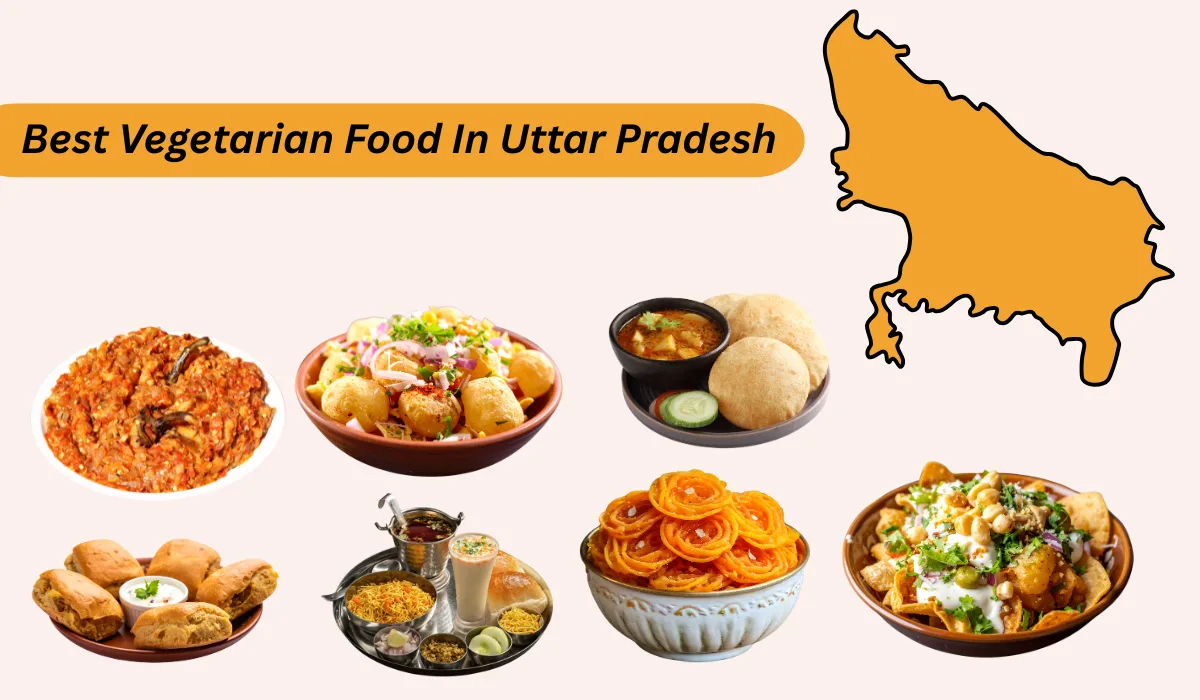The capital is the heart of India because of its gastronomic paradise. It serves a rich blend of Mughal & Punjabi legacy, which offers iconic dishes. Mughlai Biryani, Rajma Chawal & a variety of Punjabi dishes like butter chicken.
Delhi gives an experience that engages all the senses of food. Delhi was the capital of the Mughal Empire, which gave rise to its Mughlai culture. Delhi is famous for Various types of chaat, such as Aloo Tikki Chaat, Gol Gappe, Dahi Bhalla, and Delhi food culture.
1. The Mughal Legacy: Mughlai Biryani
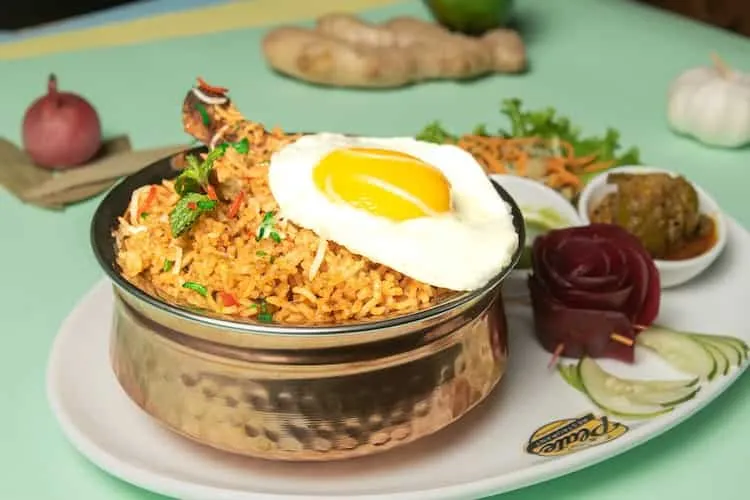
Read Also: Mughlai Delights of Old Delhi: Nihari, Seekh Kebab And Biryani
Historical Roots
The word 'biryani' originates from 'birian', which indicates its origins in Persia. The Mughlai biryani traces its origin from the 16th to the 19th century. At this time Mughal emperors ruled India.
Biryani has many regional variations across the subcontinent. The Mughlai version of biryani is characterised by saffron, dried fruits & spices. Mughal emperors loved art and culture. In order to create different tastes, they brought Persian practices to India.
The Dish
Mughlai biryani is from the Indian subcontinent. It reflects a blend of Indian & Persian culture. The dish features basmati rice layered with meat. Different varieties of spices and herbs are used to give it an aromatic fragrance.
Traditionally it was slow-cooked using the dum technique. Where the pot is sealed with dough for steam & flavours to mix. Yoghurt, onions & spices, including cardamom, cinnamon, cloves, bay leaves, and nutmeg, Biryani in Delhi.
What makes it luxurious is the ghee that the biryani is cooked in. Along with the layers of onions and nuts creating a flavour profile.
In the Streets of Delhi
Mughlai biryani is not just food, its an emotion. Especially in the streets of Old Delhi near the Jama Masjid, it sets a tradition. Places like Karim’s, Al Jawahar, and Aslam’s Chicken are for anyone who wants a Mughlai experience. The biryani was being slow-cooked in pots.
2. Comfort Food of the North: Rajma Chawal
Humble Origins
Rajma Chawal is a North Indian dish that consists of rajma and is served with steamed rice. It is considered a popular comfort food that gives warmth. It is usually cooked at home and is served during the gatherings.
The dish is known for its delicious taste and it gives essence of home. It has a deep connection with the roots of people. Rajma was introduced to India through trade. This dish evolved in the northern plains.
A Home-Cooked Classic
This dish is slowly cooked in a tomato gravy, making the beans become tender and the curry thicken. It is served with rice accompanied by salad and ghee or butter. It is considered a favourite across all age groups and social classes.
Rajma chawal is associated with home. For Delhiites, Sundays are incomplete without Rajma Chawal.
From Homes to Dhabas
Rajma Chawal is famous in Delhi’s street food culture and college canteens. There are stalls in Shankar Market for Rajma Chawal, Pandit Ji near CP, and many other places that the Delhiites visit. They are in North & South Campus, and they serve hundreds of plates daily. Each of them bursts with flavour & nostalgia.
3. Punjabi Flavours: The Soul of Delhi’s Cuisine
Post-Partition Influence
The landscape of Delhi is shaped by Punjabi flavours. After the partition of 1947, More than half a million Punjabis came to India transforming the culture. It introduced a new richness that persists in everything from dhabas to restaurants.
Post this era they have brought hearty food culture to the capital that has since become Delhi's complete identity.
Tandoori & Butter-based Delights
Punjabi cuisine is known for its flavours, heavy use of dairy, and the traditional oven.Some of the most popular Punjabi dishes that dominate Delhi’s food scene include:
- Butter Chicken, which originated from Moti Mahal in Daryaganj. This creamy tomato-based chicken curry is now famous worldwide.
- Dal Makhani is a dish which is made with urad dal. Its creamy, buttery flavor made it an iconic dish. It is a slow cooked dish.
- Chole Bhature is a spicy curry. It is made in oil and served with lassi. And is served with love.
Where to Try
Punjabi dishes are available everywhere in Delhi. Be it fine dining restaurants or eateries. Havemore, Gulati, and Moti Mahal are iconic dishes that have served these flavours for ages. In contrast, dhabas & street stalls offer more affordable and equally delicious dishes.
4. Cultural Significance & Food Identity
Fusion and Evolution
Delhi's cuisine can easily absorb and adapt to anything new that comes. Mughlai biryani coexists with Awadhi and Hyderabadi variations. Punjabi dishes create hybrid dishes like butter chicken pizza or tandoori momos.
The food culture in Delhi also reflects the melting pot. It is very easy to find different types of dishes. Some are Mughlai-style kathi rolls, rajma tacos, and butter chicken pasta. They are available in areas like Hauz Khas Village, Amar Colony, and Kamla Nagar.
Food as a Unifier
Delhi's food culture is diverse and unified. Be it a wedding, weekend night or Sunday lunch, these dishes bring people together. It shows the richness of culture. Dishes like Mughlai biryani, Rajma Chawal, and Punjabi butter chicken are some of them.
You May Also Like: Mutton Curry Recipe: A Flavorful Indian Classic
5. Delhi’s Modern Food Landscape
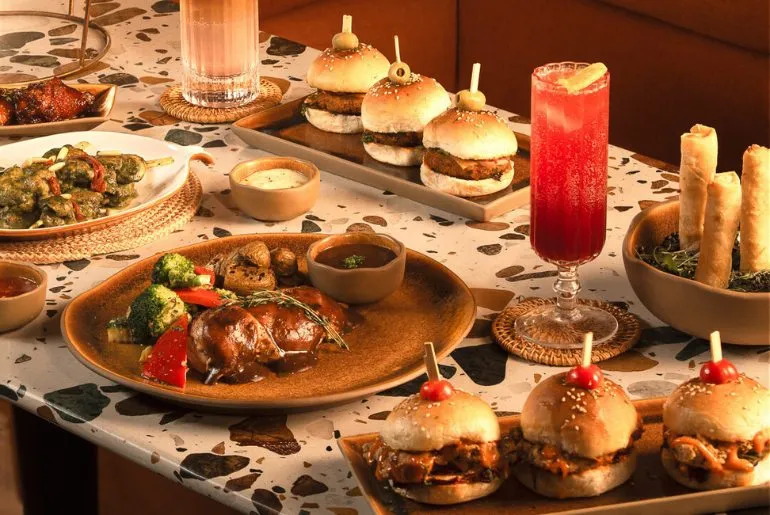
The Role of Restaurants and Cafes
Delhi shows a wide spectrum of dining experiences. From fine dining places to humble eateries in the lanes of Chandni Chowk, one can experience it. Yet the core of most of the menus are traditional dishes only.
Some of the modern cafes are at Khan Market and Connaught Place. They have classic dishes like Rajma Galouti Sliders or Deconstructed Butter Chicken.
Conclusion
Delhi's cultural foods have become more than meals; they are a tradition. There are Mughlai biryani, rajma chawal which are considered the heart of Delhi. They are living the traditions that keeps evolving with time. They carry the stories of migration and celebration with Punjabi food Delhi.
Every spoonful of biryani and rajma or every bite of butter chicken has a history.They show a shared sense of belongingness. Delhi’s culinary culture is a mirror of its soul: diverse, layered, and incredibly rich.
For Delhiites, this place is not just a city to visit but a city to taste!



